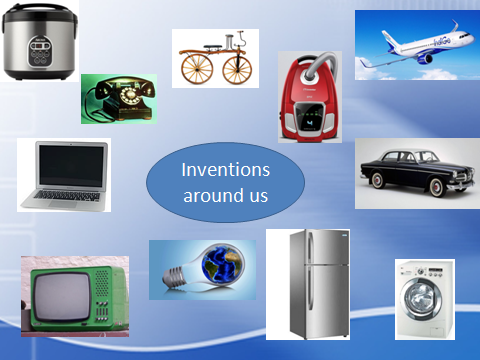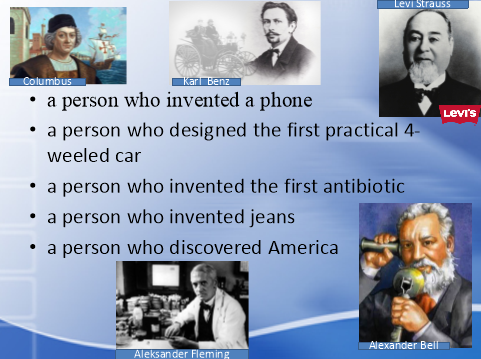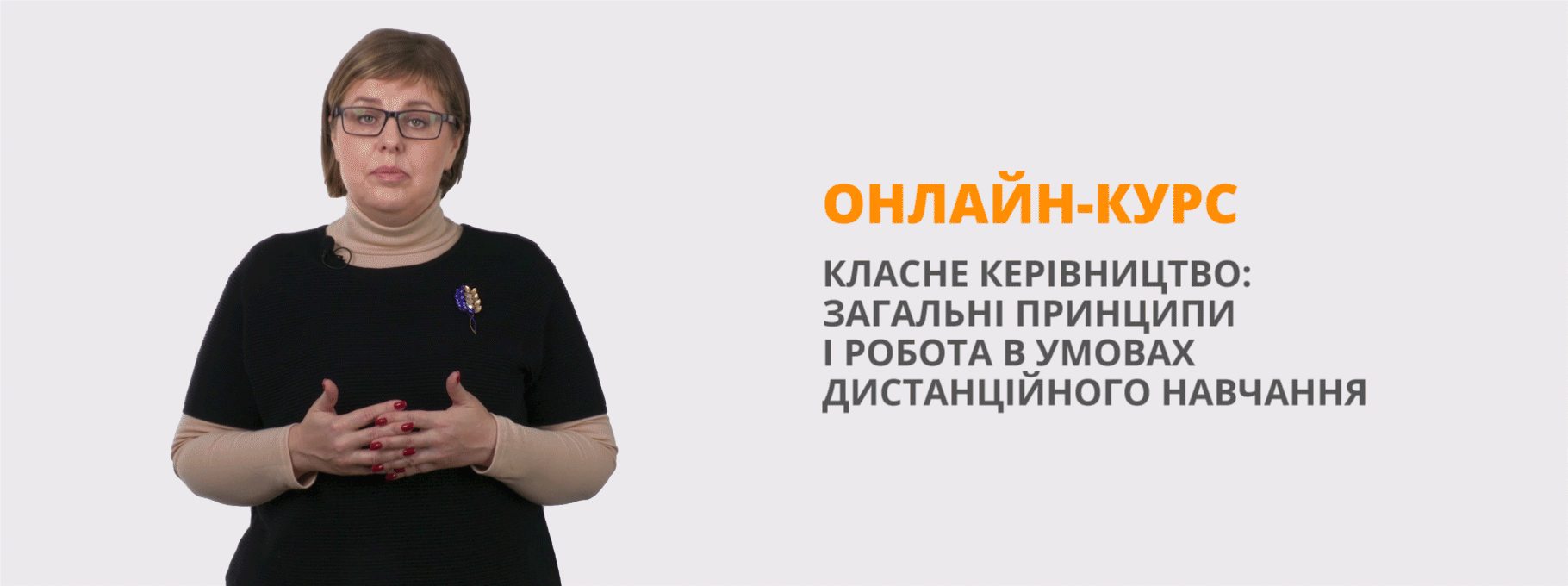Урок " Винаходи навколо нас"
A LESSON ON THE TOPIC: Inventions and discoveries. Inventions around us.
The 9th form.
Level: INTERMEDIATE.
Aims and objectives:
Teacher’s objectives:
- to perfect students’ cognitive and creative skills;
to revise and enrich pupils’ vocabulary on the topic “Inventions”;
- to develop reading for gist and details;
- to develop pupils’ creative and cultural thinking skills;
- to practise listening, speaking and reading on the topic;
- to develop culture of communication;
Learner’s objectives:
- - by the end of the lesson students will be able to speak on the theme;
- - express attitudes to different devises around them;
- - recognize the speaker’s attitude towards different inventions.
Equipment: books, Pover Point Presentation;
Procedure
- Introduction
Introduction of the topic and the aims of the lesson.
Dear friends! Today we are having a lesson devoted to the subject “Inventions around us”. By the end of the lesson you should be able to tell about different gadget which you can see around and use in your everyday life
II. Warming – up.
Mind-Map

III Main body.
1. Speaking
T. How do we use these gadgets?

And now let’s thing . How does these gadget change or lives?

2. Guessing the word
Your task for today was to write the riddles about some inventions by yourself.
( pupils read their riddles)
3. Review of students’ knowledge of Past Passive.
Name people and make up the sentences in Passive Voice
- a person who invented a phone
- a person who designed the first practical 4-weeled car
- a person who invented the first antibiotic
- a person who invented jeans
- a person who discovered America

4
- What is this text about?
- When the telephone was invented?
- What people did Bell work with?
- How did he invented the telephone?
- When the first telephone exchange was happen?
5. Eyes relaxation
6. Reading .
1) Pre-Reading Activity
Look at the new words and try to remember them.
2) While-Listening Activity.
According to legend, the invention of the telephone was really an accident. In the 1870s, Alexander Graham Bell was trying to discover how to send more than one message at a time over a telegraph wire. In the process, he realized that he could use an electrical wire to send the sound of the human voice from one place to another. After he had done some final tinkering, Bell filed a patent for his “electrical speech machine” at the national office near Washington, D.C
The earliest telephones were large boxes that attached to the wall. It was impossible to make calls through them without speaking to an operator first. In the early 1900s, a new type of telephone became available.
Touch-tone phones first became available in 1963, but they were not common in households and businesses until the 1980s. These telephones were expensive to manufacture early on, and this meant that they were also expensive for the public to buy. In fact, telephone companies only made a small number of touch-tone phones at first because they did not think that most people would want to pay such high prices for them.
The first cellular phones appeared in the early 1980s, but they were so bulky that most people either carried them in their briefcases or kept them in their cars. Early cell phone users did not think of their telephones in the same way that today’s cell phone users do. At first, people mostly used their cell phones for business or emergency calls.
Now, cell phones are even more advanced. Many people own cellular phones that allow them to connect to the Internet, check and write emails, find directions to places, and scan their tickets for concerts and sporting events. Younger students can play educational games on these types of phones, and high school and college students can use them to do quick research. Some people even download programs that allow them to start their cars and open their garage doors from their phones! Phones that can do all of these helpful things are known as “smartphones.”
3) Post-reading activity
Say if statements are True or False
- Bell invented the telephone by the accident .
- A. Bell wanted to write the massage.
- The first telephones were very small.
- Touch-tone phones were vey expensive.
- The first cellular phones were used for business or emergency calls.
- Modern smartphones has a large variety of opportunities.
7 . Writing.
Transform the sentences in Passive Voice
- The invention of the telephone was really an accident.
- The first cellular phones appeared in the early 1980s
- In fact, telephone companies only made a small number of touch-tone phones
- At first, people mostly used their cell phones for business or emergency calls.
- Some people even download special programs.
IV. Summing-up.
We’ve come to the end of the lesson. Thank you very much for your work, enthusiasm, original ideas
Reflection.
- Did you enjoy our lesson today?
- Have you enrich your knowledge about history of telephone’s development?
- Do you think the inventions change our life?
V. Homework.


про публікацію авторської розробки
Додати розробку
